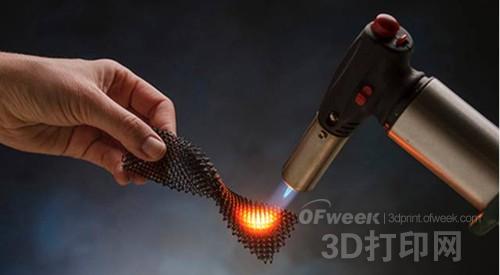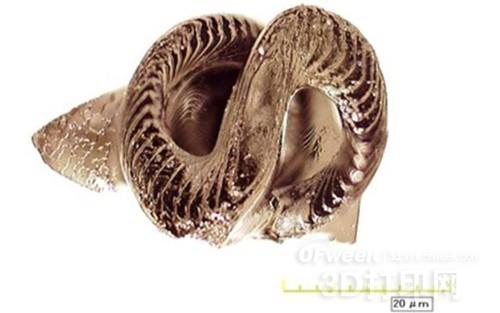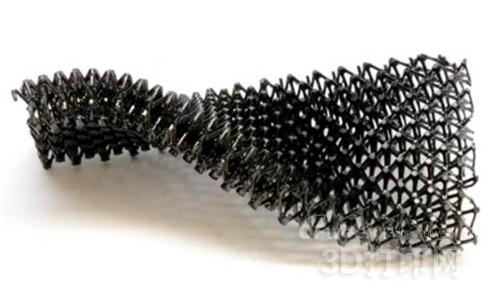High-temperature ceramics are a general term for ceramic materials with a melting temperature above the melting point of silicon oxide (1728 ° C). Their high temperature resistance, high strength, high hardness, good electrical properties, thermal properties and chemical stability make high-temperature ceramics in aerospace, atomic energy, electronics. Technology, machinery, chemical, metallurgical and other aspects have a wide range of applications.
Due to the extremely high melting point of high temperature ceramics, this makes ceramic products more challenging by 3D printing . However, because ceramics cannot be cast or easily machined, this makes 3D printing a quantum geometric flexibility in the processing of ceramics. The acquisition of 3D printed ceramics, especially for high temperature ceramics, means that the accompanying application space is also opened.

The HRL Lab in Malibu, Calif., is a research and development laboratory specializing in research sensors and materials, information and systems science, applied electromagnetism and microelectronics, jointly owned by Boeing and General Motors. On the first day of 2016, HRL announced that it has developed a new technology that uses this technology to produce high-temperature ceramic materials that can withstand temperatures in excess of 1,700 degrees Celsius. The technology, published in the journal Science, means a global cutting-edge technology position.

HRL invented this compatible and photocurable/3D printed resin formulation that can be fired to produce dense ceramic parts after 3D printing. This is an amazing breakthrough because it enables the production of arbitrary polygonal ceramic parts that are strong and temperature-free, without any machining of the ceramic surface, without the need for casting or caulking.
HRL UV-cured rapidly-formed ceramic precursor monomers - "precursor-converted polymers" - which are uniformly shrinked by ceramics made from these polymers with little porosity. Mini-grid and honeycomb materials can be formed, which are not only complex in shape but also exhibit high strength. Such density foam ceramics can be used in propulsion parts, thermal protection systems, porous burners, MEMS and electronic equipment. When used in hypersonic vehicles and jet engines, this ceramic can help designers create small parts that resist heat and high temperatures caused by exhaust gases from the takeoff process.

The breakthrough of this technology is that the typical technology of 3D printed ceramics on the one hand can not produce particularly complex parts, like the prints are often prone to cracks. On the other hand, most ceramic 3D printers are also limited to "oxide ceramic materials" low melting ceramic printing. HRL uses a precision photocuring rapid prototyping process that can print dense and durable ceramic parts in 3D.
Applied to a supersonic vehicle with a speed of 10 times the speed of sound, any vehicle surface will become very hot due to the friction of the air. If you want to manufacture a hypersonic vehicle, you need to make the whole casing with high temperature ceramics.

HRL currently prints two types of ceramics in 3D. One type is a large, very lightweight lattice structure that can be used for heat resistant panels and other external components in aircraft and spacecraft. One is a small but complex part of an electromechanical system or component used in jet engines and rockets.
HRL has been funded by the US Department of Defense Advanced Research Projects Agency (DARPA). Once further testing is completed, rocket and satellite designers looking for high-temperature parts may soon adopt HRL's ceramic 3D printing technology .
The full line of lip products include lip care, lipticks, lipglosses, liquid lipcolors, lip liners etc, forms can be different from stick, cream, gel to liquid with vary formulas.
Lip Makeup,Lipstick Makeup,Lip Liner And Lip Gloss,Lip Liner And Lipstick Set
Zhongshan Meido Cosmetics Industry Co., Ltd , https://www.meidocosmetics.com